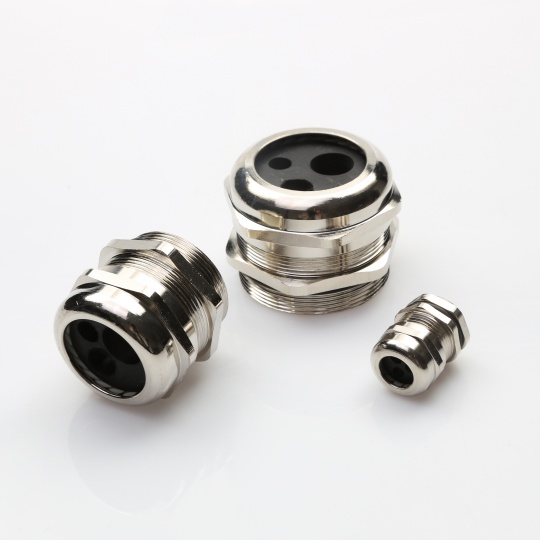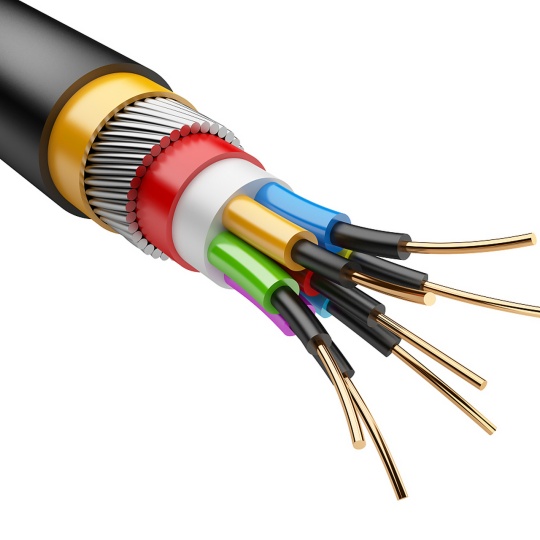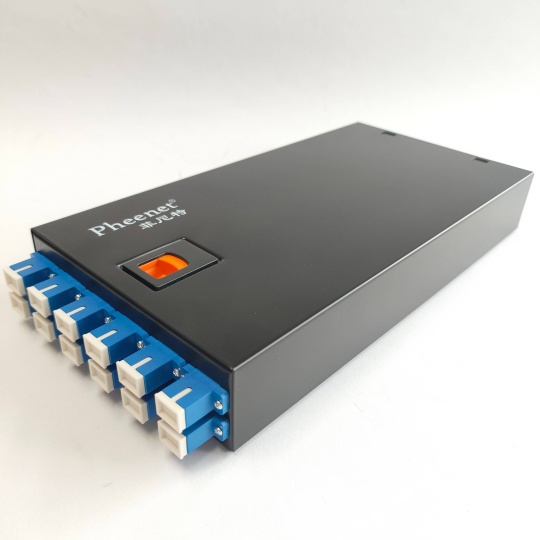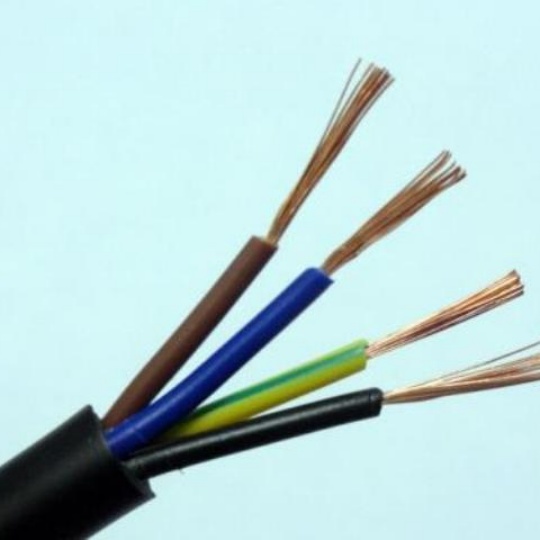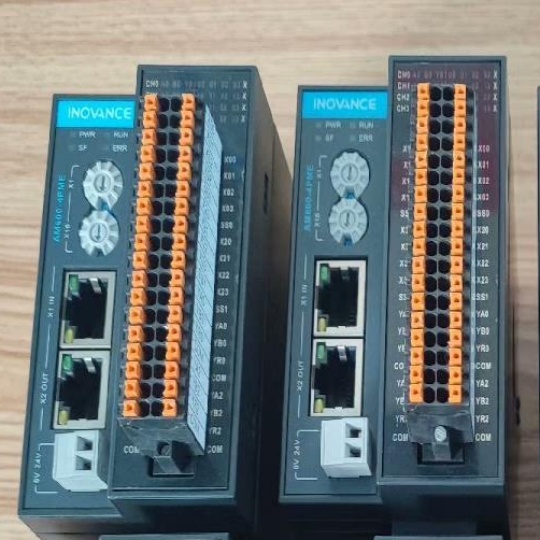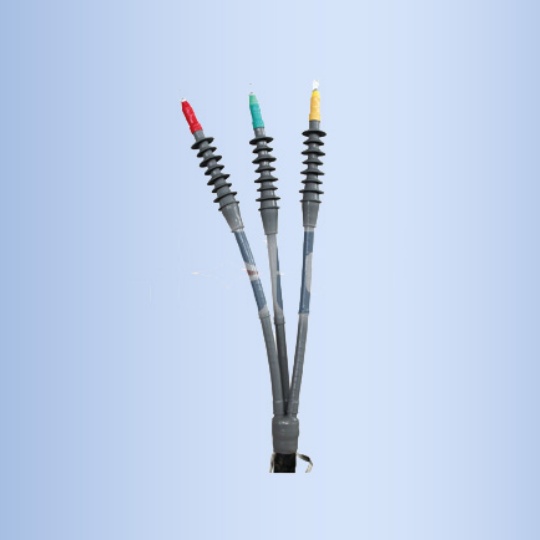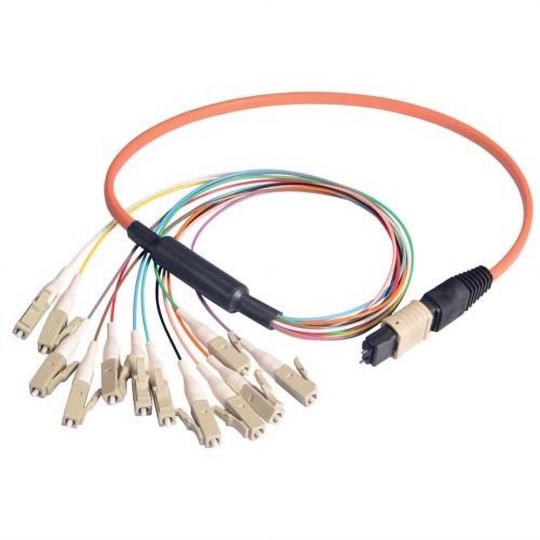Step-by-Step Guide to Labeling Industrial Cable Assemblies for Tracea...
Ensuring the traceability of industrial cable assemblies is not just a best practice; it’s a critical necessity. From manufacturing and assembly through installation, maintenance, and eventual decommissioning, clear and reliable labeling allows you to track every cable’s journey, component origin, specifications, and compliance status. This is vital for quality control, warranty claims, regulatory adherence (like AS9100, IATF 16949, ISO 13485), safety recalls, and efficient maintenance. This step-by-step guide outlines the essential process for effective labeling.
Why Traceability Matters:
- Quality Control & Warranty: Quickly identify production batches for defect analysis and validate warranty claims.
- Regulatory Compliance: Meet stringent industry standards requiring component tracking (e.g., Aerospace, Medical Devices, Automotive).
- Rapid Troubleshooting & Maintenance: Locate specific cables within complex harnesses or equipment, reducing downtime.
- Recall Management: Precisely identify affected assemblies in case of component failure or non-compliance.
- Inventory & Lifecycle Management: Track usage, predict replacements, and manage inventory efficiently.
- Safety & Accountability: Ensure correct components are used and document installation/maintenance history.
Step-by-Step Labeling Guide:
- Define Traceability Requirements:
- Regulatory Needs: Identify which industry standards (AS9100, ISO 9001, IATF 16949, ISO 13485, UL, RoHS, REACH, etc.) apply and their specific labeling/traceability mandates.
- Internal Needs: What information does your production, QA, maintenance, and logistics teams need? Examples include:
- Unique Part/Assembly Number
- Manufacturing Date & Batch/Lot Code
- Revision/Version Number
- Serial Number (for individual unit tracking)
- Component/Cable Specifications (e.g., Wire Gauge, Type, Voltage Rating)
- Compliance Markings (UL file #, CE, RoHS)
- Supplier Information (Raw Wire Source, Connectors)
- Work Order / Project Number
- Customer/End-User ID
- Select the Optimal Label Material:
- Environment: Consider temperature extremes, chemicals, oils, solvents, moisture, UV exposure, abrasion, cleaning processes (e.g., steam cleaning). Common materials:
- Polyester (PET): Excellent chemical, temperature, and abrasion resistance. Durable.
- Polyimide (Kapton™): Withstands very high temperatures, solder baths, harsh chemicals. Thin and flexible.
- Vinyl (PVC): Flexible, good moisture resistance; moderate chemical/temperature resistance (check ratings).
- Heat-Shrink Tubing Labels: Encapsulates text/barcodes for extreme durability and protection.
- Certification: Ensure chosen material meets required standards (e.g., UL 969 for printed materials).
- Choose the Best Printing Technology:
- Thermal Transfer (TTO): Uses heated printhead and ribbon to melt ink onto the label surface. Offers high durability, excellent barcode quality, and resistance to chemicals/abrasion. Best for permanent labels.
- Laser Marking: Directly etches information onto the cable jacket (limited), a heat-shrink sleeve, or a metal tag. Extremely durable, permanent. Suitable for harsh environments. Limitations on material types.
- Inkjet: Fast for coding dates/batches, but ink durability is often insufficient for long-term industrial traceability unless specially formulated (CIJ/DOD).
- Pre-Printed Labels: Economical for very high volumes with static data. Less flexible for variables like serial numbers.
- Choose the Label Format & Attachment Method:
- Self-Laminating Cable Wrap Labels: Printed area folds over and laminates itself, protecting text/barcode. Ideal for cables in damp or dirty environments. Highly flexible.
- Heat-Shrink Sleeves/Tubing: Label information is printed onto tubing shrunk onto the cable end(s). Extremely durable encapsulation.
- Durability Tags: Rigid tags (plastic/metal) attached via cable ties, loops, or adhesive. Used where label surfaces are unsuitable or extreme ruggedness is needed.
- Direct Cable Marking: Laser etching directly onto the cable jacket. Requires compatible jacket material. Limited data capacity.
- Adhesive Labels: Standard labels applied directly to cables or connectors. Must use aggressive, permanent adhesives designed for the specific cable jacket material (e.g., PVC, TPE).
- Incorporate Machine-Readable Data:
- Barcodes (1D): (Code 128, Code 39, Interleaved 2 of 5) Essential for rapid scanning. Choose dense symbologies if space is limited.
- QR Codes (2D): Store significantly more data (including URL links to specs/manuals) in a compact space. Scannable with common smartphones/cameras.
- Data Matrix (2D): Very robust, high data density, tolerant to damage/occlusion. Excellent for small items.
- Human-Readable Text: MUST accompany machine-readable code. Use clear, high-contrast fonts large enough to read under typical conditions. Include essential data independently scannable.
- Establish Label Placement Rules:
- Visibility: Labels must be readily visible for scanning and manual reading during installation and after installation. Common locations:
- Near each connector end (on the cable, not the connector itself).
- Along the length at regular intervals (long assemblies).
- At accessible points in harnesses/junction boxes.
- Avoid placement where bending stress will occur.
- Avoid areas exposed to maximum heat/crushing/abrasion if possible.
- Consistency: Apply labels consistently to the same relative position on similar assemblies.
- Implement Label Application & Verification Procedures:
- Application: Ensure surfaces are clean, dry, and oil-free. Follow manufacturer instructions for pressure/heat dwell times if using heat-shrink or specific adhesives.
- Verification: Validate every label:
- Human-Readable Check: Accuracy, completeness, legibility.
- Machine-Readable Check: Scan each barcode/2D code with a verifier, not just a reader. Check for minimum grade (e.g., ANSI C+ or better) using ISO/IEC standards for print quality (Symbol Contrast, Modulation, Decodability, etc.).
- Durability Testing: Perform sample tests (adhesion, chemical exposure, temperature cycling, abrasion) per standards like ASTM D1000 or specific customer requirements.
- Integrate with Your Traceability System:
- Database: The label is only the physical “key.” The data it points to must reside in a robust database (PLM, MES, ERP, specialized Traceability Software).
- Data Association: Ensure every unique identifier on the label (Serial Number, Batch/Lot) is linked in your system to:
- Component Suppliers (Cable, Connectors, Contacts, Accessories)
- Manufacturing Dates/Times/Locations
- Test Data (Continuity, Hi-Pot, Insulation Resistance)
- Inspection Records
- Revision/Engineering Change Data
- Customer/Order Information
- Final Destination/Integration Point
- Scanning Workflows: Integrate barcode scanning at key points (Production, QC, Packing, Shipping, Receiving, Installation, Service).
- Document & Train:
- Labeling Specifications: Create formal, controlled documents detailing exactly what information is required, label material, size, format, placement, print method, and verification procedures for each cable assembly type.
- Procedures: Document step-by-step application, verification, and scanning processes.
- Training: Train all relevant personnel (production operators, QC inspectors, warehouse staff, installers, service technicians) on the standards, procedures, and the importance of accurate labeling and scanning.
- Maintain & Audit:
- Periodic Audits: Regularly audit label application and verification processes for adherence. Audit physical label durability and readability on in-service assemblies where feasible.
- Database Integrity: Audit traceability database entries for accuracy and completeness.
- Continuous Improvement: Review labeling effectiveness. Gather feedback from technicians. Stay updated on new materials, printing tech, and standards. Update specifications and procedures as needed.
Conclusion: A Foundation for Excellence
Implementing a rigorous industrial cable assembly labeling process is foundational for achieving robust traceability. It requires careful planning, selecting the right materials and technologies, clear procedures, integration with backend systems, and ongoing diligence. The investment pays significant dividends through enhanced quality control, streamlined operations, reduced liability, simplified compliance, faster troubleshooting, and ultimately, increased customer trust. By following this step-by-step guide, manufacturers can establish a traceability system that withstands the demands of even the most rigorous industrial applications.


